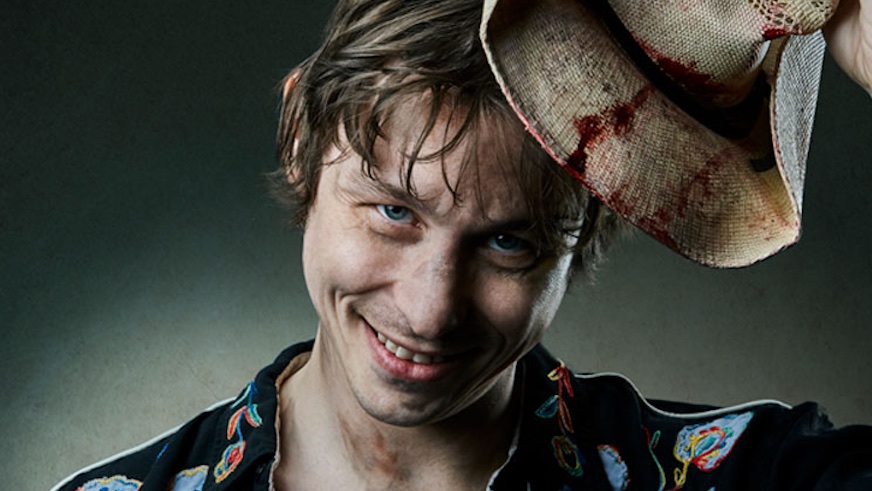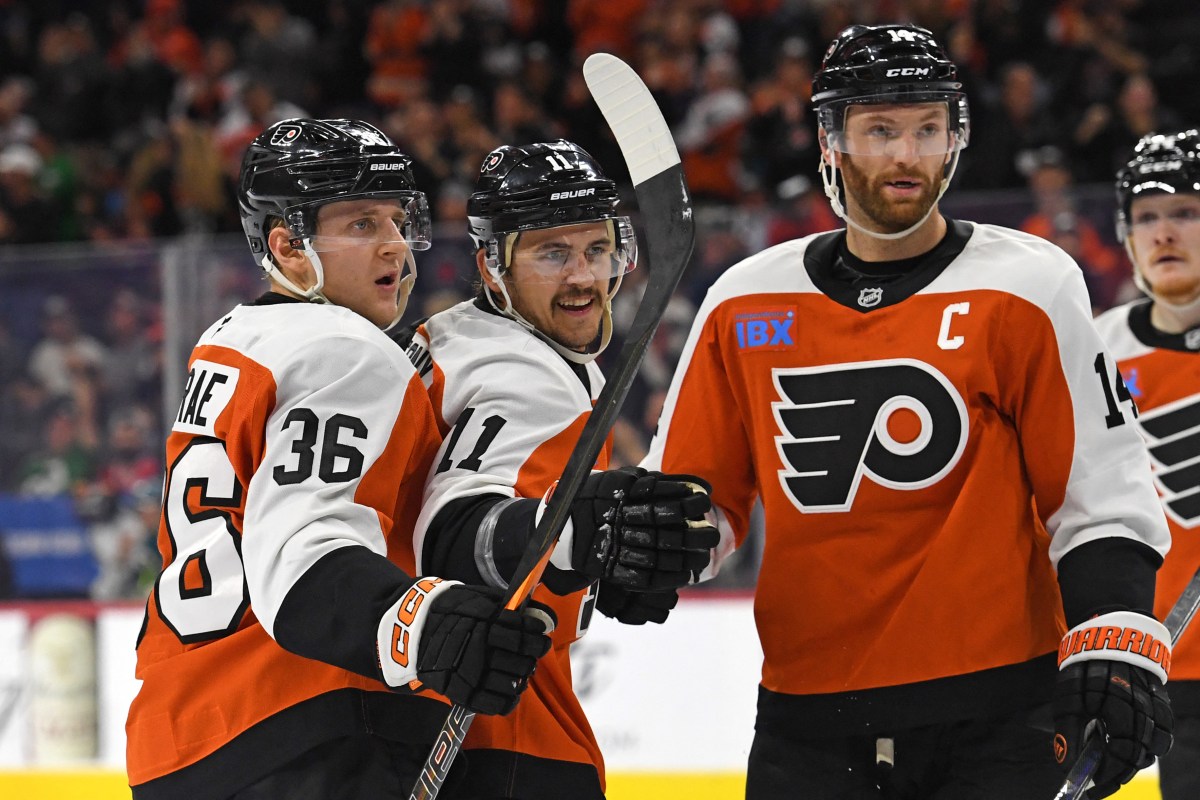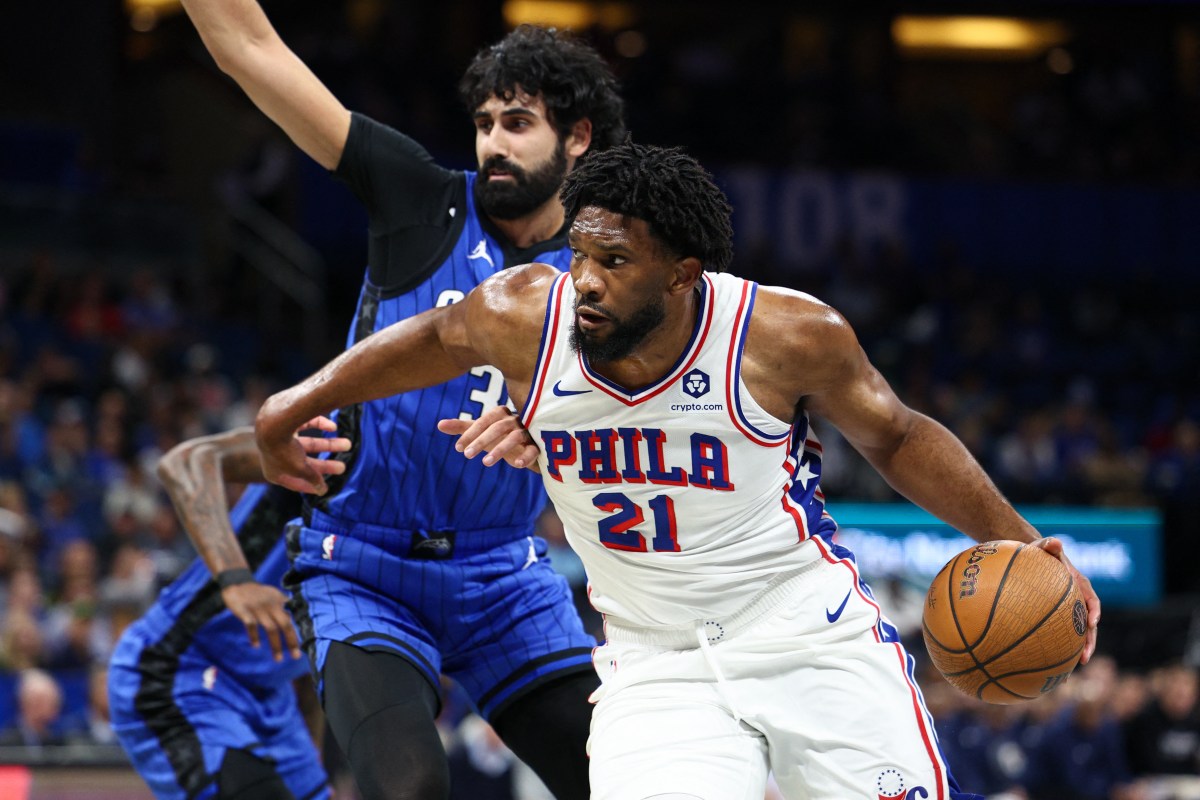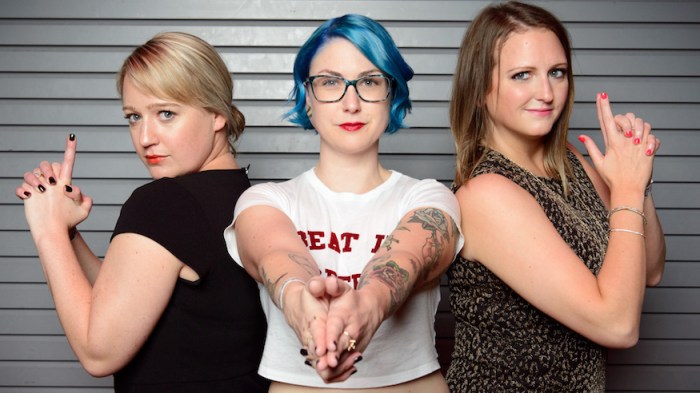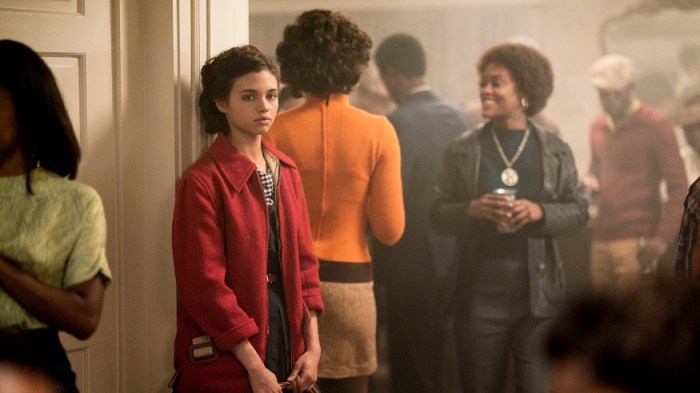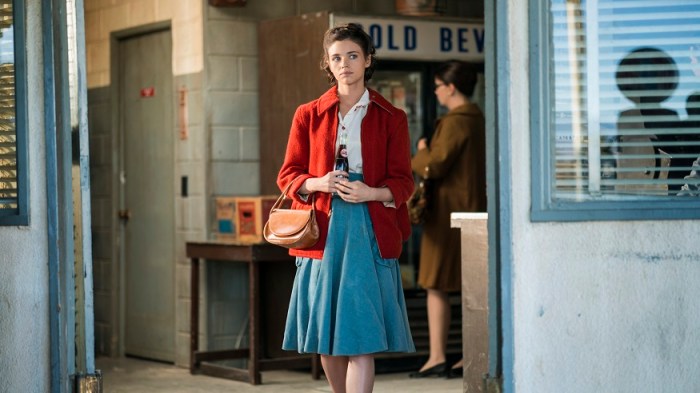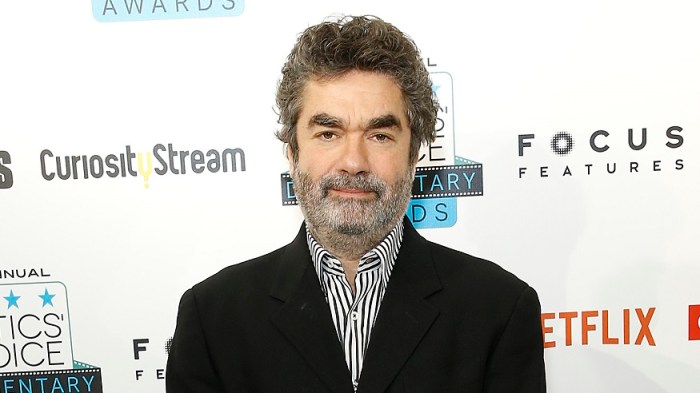True crime podcasts have become just as binge-able as anything these days.
Fanatical fans wait for new episodes of shows to be uploaded each day in order to get a closer glimpse into the world’s dark underbelly. This format has redefined how investigative journalism is consumed and, in turn, has increased its popularity over the years as it gives everyday people the chance to choose how and when they can join in on the cases.
Award-winning journalist Phoebe Judge has been a trailblazer in the world of true crime podcasting ever since she started her wildly popular show “Criminal” in 2014. Around that time, she remembers the landscape being pretty empty for shows like hers.
“When we got into true crime podcasting there really weren’t any other true crime shows,” Judge recalls, “We were trying to find a topic that interested us but also a topic where we knew there were really rich stories. At that time there weren’t many true crime shows. So Lauren Spohrer, who I created the show with, said one-day ‘people who listen to public radio also watch Law & Order. They may not want to admit it, but they do.’ And we thought, okay this is the time to do it. That’s how ‘Criminal’ came about.”
Unlike other true crime podcasts that tend to take people through every gruesome detail of history’s most shocking cases, Judge and her team at “Criminal” chose to take a different route. With each episode, Judge hears stories from everyday people about their own bizarre encounters with criminal activity. Episodes run the gamut from intriguing to bone-chilling week by week and hit home with listeners who can relate.
“We always wanted to explore the boundaries of what this word ‘crime’ meant,” explains Judge, “It was exciting for us because we thought we could surprise people. We took the broadest definition of the word ‘crime’ and that means some of the stories are funny! I think we have this idea that we need to pigeonhole true crime into this one category. Often times that category is dark, sad, tragic, and often times violent. We wanted to do the exact opposite. We wanted to have a show that very rarely showed violence and tragedy but rather showed crime as a conversation about the human experience.”
And that’s what makes true crime podcasts like “Criminal” so engaging.
By having this form of investigative journalism fed to you directly through your earbuds, it can provide you with an intimate trip through the most mysterious aspects of the human psyche. The conclusions you can draw as a listener might be different than those of others and depending on how invested you are in each story, your own personal theories can intensify or change case by case. Who knows, maybe you will sympathize and relate with those guilty of these crimes? That is exactly what Judge wants you to find out for yourself while listening to her podcast.
“Our point was to have a show that explored not so much the violence around what happens during those crimes but what brought someone to that point where they could do something that would result in so much violence,” she says, “we wanted to make a show that really was just trying to figure out why people do the things they do.”
Making the move from filmmaking to podcasting
Larry Brand had no expectations while he was writing his hit eight-part podcast series “Hollywood & Crime: Young Charlie” (on the Wondery network) about the early life of Charles Manson. But as both a screenwriter and director in Hollywood for over 30 years, if Brand knew one thing while making the jump into true crime podcasting it was how to tell a story.
“When you don’t know what you can’t do, it can be a real asset,” says Brand, “when you don’t know what you can’t do, you just go do it. I didn’t know how to make a podcast so I just did what I did and tried to make a movie for the ears. I didn’t try to learn how to make a podcast, I just used what I know from the other field. Sometimes that can have a synergistic quality and sometimes it can just be a disaster!”
The result was anything but, as “Young Charlie” was a huge hit right out of the gate. Its success was in part to the cinematic scope that Brand brought to the show. The story avoids taking a direct linear path as Brand made the choice to bounce back and forth between different eras of Manson’s life to paint a larger picture of the infamous criminal. The show was hosted by Tracy Pattin with a portrayal of Manson played by actor Stephen Lang (“Avatar”, “Don’t Breathe”).
So, what were some of the obstacles that Brand had to overcome while changing mediums? In his eyes, all great art tells a story. And the story of Charles Manson remains one of the most captivating true crime stories of all time.
“Every art form requires a frame. Whether it’s a photograph or a painting there’s a physical actual literal frame or when it’s a story it’s a narrative frame. You are picking what you choose to say,” explains Brand, “when Truman Capote invented the true crime novel with ‘In Cold Blood’… what made that a novel as opposed to an exercise in journalism? Well, it is because he was a novelist. Even though he restrained himself to only telling the truth, he didn’t make up scenes or go into the minds of the killers. What makes it a novel is the fact that he’s deciding how to frame it and he’s deciding how to express whatever he’s expressing. Two different writers are going to have two entirely different narratives even if based on the same events. Your frame in a film is visual as well as auditory. Your frame in a podcast obviously you don’t have the visual but you are still telling a story. I don’t think either is particularly limiting. I think it just depends on who your audience is.”
Brand was completely blown away by the positive reaction he received after trying his hand at true crime podcasting for the first time and was amazed at how responsive people are to this medium.
“I am pleasantly surprised that podcasts like this show do as well as they do,” he says, “because we are so attuned to visual images. We’ve had them around for almost 200 years in terms of photographs and about 100 years in terms of motion pictures. Most of us have had access to television since the late ‘40’s and early ‘50’s. So why people can switch gears and get into these kinds of podcasts? It’s something positive about the imagination that you can listen to something and evoke these images and let it carry you even though the next minute you could be going to see a big-budget blockbuster film.”
Outside of his busy career as a filmmaker, Brand told me that he is interested in writing more true crime podcasts in the future and already has a new idea for the next season of the “Hollywood & Crime” series.
Finding the humor in the horror with 'The Last Podcast on the Left'
On the other end of the true crime spectrum is the comedic yet intensely researched investigative podcast “Last Podcast on the Left”. Hosted by comedians Henry Zebrowski, Ben Kissel and Marcus Parks, the show takes on some of history's most infamous serial killers and conspiracy theories and delves into the mysteries surrounding each story. In a completely hilarious way of course.
It would be easy to not take this show as seriously as some of the other more grave podcasts in the genre. But as I found out when I spoke with Parks, the research that goes into each story can take weeks or months depending on how in depth they go. Some cases are given three to four episodes to tell fully, with Parks writing a 10 to 15-page script to keep the narrative straight along the way.
For Parks, it’s all about finding the bizarre angle to a story that you would have never seen coming.
“Finding that really weird stuff almost happens on accident,” explains Parks, “where you’re looking for something else and then suddenly you’ll stumble upon the guy who believes that the whole Robert Pickton (a notorious serial killer from Canada) thing was a secret satanic plot involving the Prime Minister of Canada. When really all you are looking for is a list of victims so you can match up the dates with the names. It’s great when those weird little accidents happen. Henry usually finds the really weird stuff. That’s Henry’s area expertise. Finding that odd twist to the whole thing that doesn’t really make any sense but makes it fun. Those weird things that people believe about serial killers or conspiracy theories. It’s all fun.”
Parks also believes that the key to the show’s success is that they try to see each case through to its very end and to put a face to the evil they are uncovering. “The nuances are where the story is. That’s where the characters are. These episodes are about the people. That’s why we don’t really cover unsolved murders very often. Because there’s no character there. There’s no person to cover, it’s just an event.” Sometimes we definitely can cover big events with a lot of people involved, but with unsolved murders: you are left with the victims. At the end of the day, this is still a comedy show and we have a staunch rule to never make fun of the victims. With unsolved murders, that’s all you have. Unless we can create a character like with the Zodiac killer. That’s kind of a character you can plug whatever you want into. I am absolutely down for that, but for other unsolved cases, you don't really have that you just have this nebulas terrifying character that you can’t really do anything with. You can’t play with that at all.”

